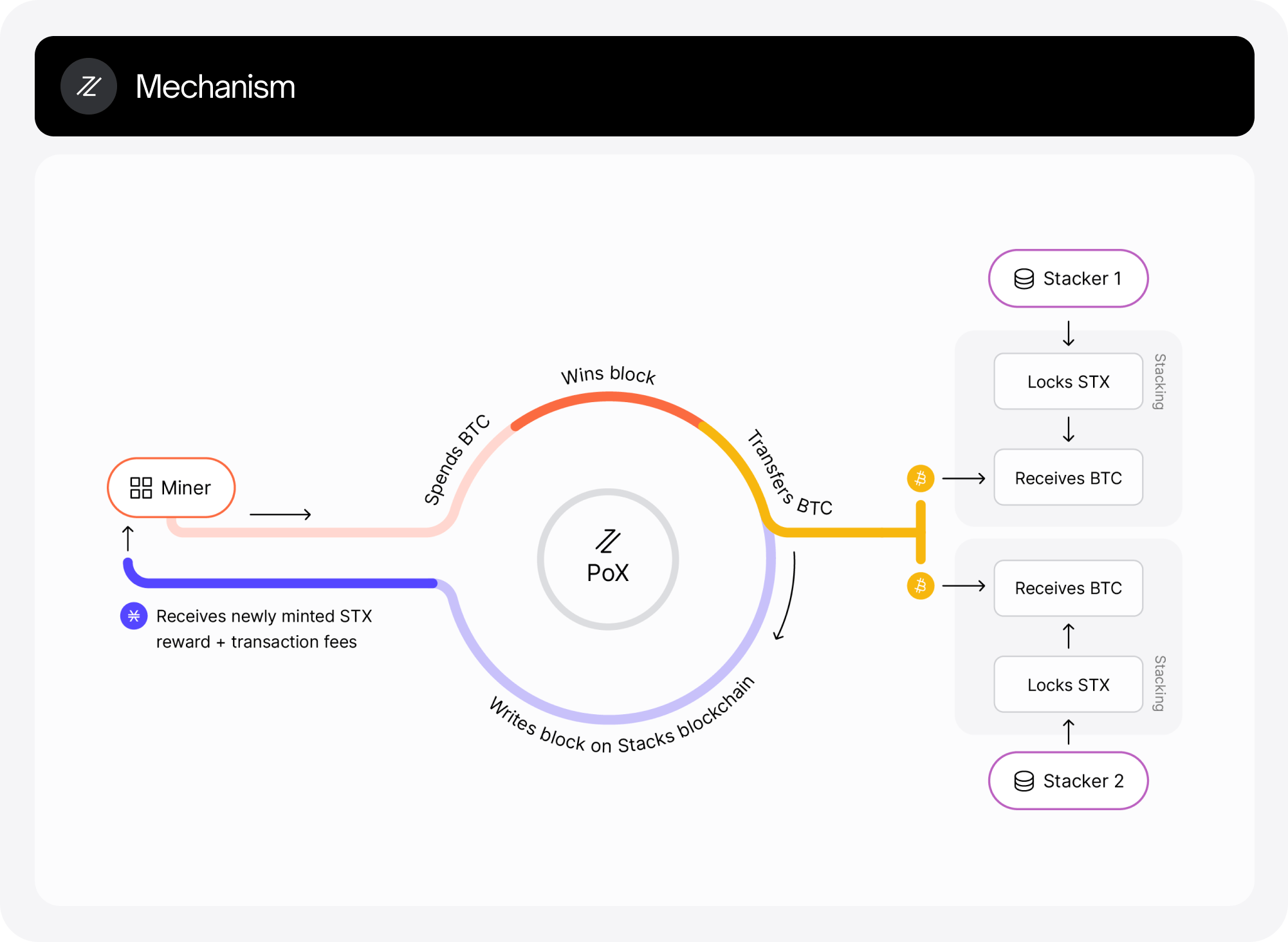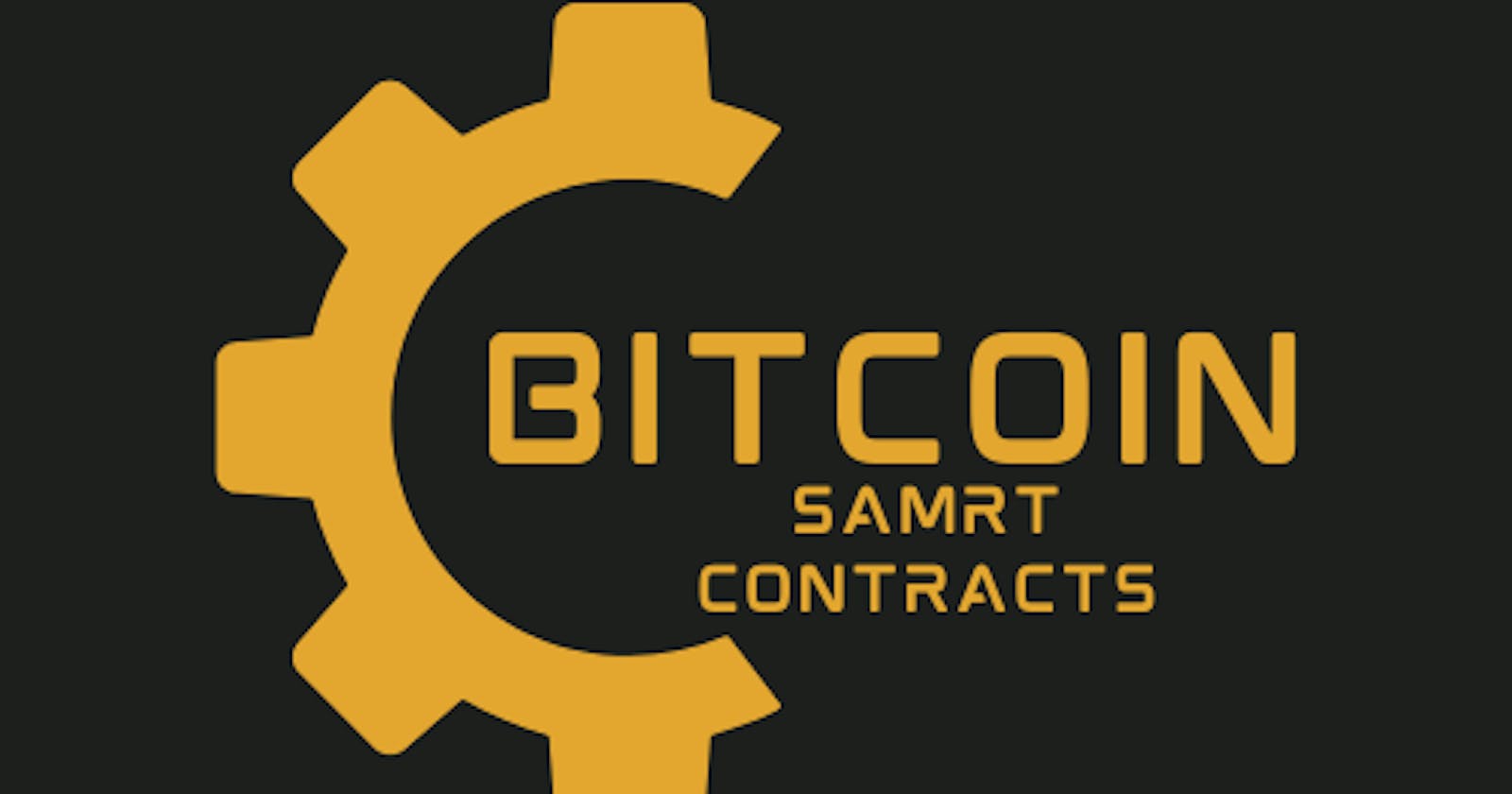Build Bitcoin smart contract: Simplified Introduction to Stacks and Clarity language
Table of contents
Even if you are unfamiliar with cryptocurrencies, you must have heard the word "Bitcoin," probably on the news, on social media, or from a friend. However, Bitcoin is one of the most fascinating things happening to the human race currently.
What is Bitcoin?
Bitcoin is the first cryptocurrency; it is a decentralized digital currency created by a developer known as Satoshi Nakamoto or a group of developers known as Satoshi Nakamoto. Bitcoin was created to replace fiat currency as a means of payment without the involvement of a third party. Bitcoin was introduced in 2008, launched in 2009, and has since remained the most popular cryptocurrency ever since.
That being said, the bitcoin blockchain architecture handles everything—execution, security, consensus, and data availability. This is a little setback for the bitcoin network, as it lacks scalability.
However, the beauty of bitcoin (decentralization) has attracted a large number of people, which includes developers, business merchants, and even countries that make bitcoin legal tender.
Developer's interest in the bitcoin network has led to new innovations to support the network and bring scalability to the bitcoin network and which include the bitcoin lightning solution for fast payment on the bitcoin network, stacks for safe and secure smart contracts, etc.
Before we delve into stacks, we should first know what a smart contract is
Smart contracts are sets of digital codes written on blockchain technology to automate and execute agreements between two or more parties. Smart contracts are decentralized, transparent, and distributed using blockchain technology. Smart contract use cases include decentralized exchanges, non-fungible tokens, etc.
Now, let's talk about stacks.
What is Stacks?
Stacks is a layer-1 blockchain that connects to Bitcoin and brings smart contracts and decentralized apps to it. Smart contracts and apps developed on the Stacks platform are natively integrated with the security, stability, and economic power of Bitcoin.
Additionally, stacks use the proof of transfer (PoX) consensus mechanism, which enables stacks to use the bitcoin network's security in the stack's blockchain technology. To put it in simple terms, to hack the stacks blockchain, one must hack Bitcoin.

NB: Learn more here
Now, talking about bitcoin smart contracts, Stacks introduced a programming language known as clarity language.
Clarity programing language brings smart contracts to Bitcoin. It is a decidable language, meaning you can know with certainty from the code itself what the program will do. Clarity is interpreted (not compiled), and the source code is published on the blockchain. Clarity gives developers a safe way to build complex smart contracts for the world's most secure blockchain. -clarity-lang.org
According to Stacks, clarity is anchored to Bitcoin, which makes it possible for smart contracts to operate based on actions seen on the bitcoin blockchain.
Finally, clarity was designed to be distinct from other smart contract languages and shipped with really cool features, which include:
Predictable: clarity language makes use of precise and simple syntax that allows developers to predict the outcome of their compiled codes.
Security -Read access to the bitcoin chain
No compiler
Summary
In this article, we have discussed what bitcoin is and its minor drawbacks. We also talked about Stacks, which brings smart contracts to bitcoin and introduces a secure, decidable smart contract language called Clarity.
